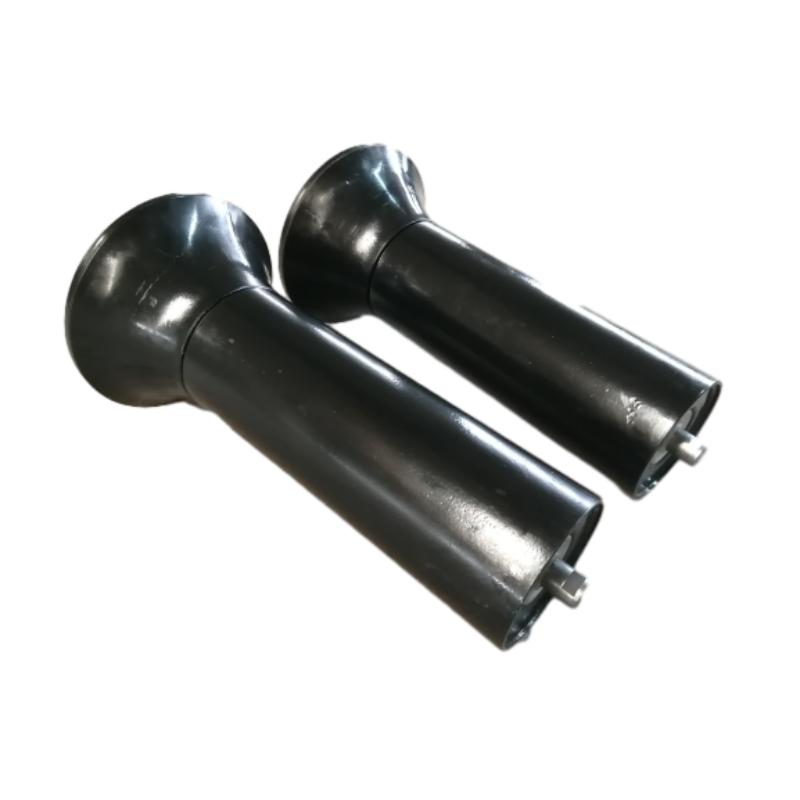 Afrikaans
Afrikaans  Albanian
Albanian  Amharic
Amharic  Arabic
Arabic  Armenian
Armenian  Azerbaijani
Azerbaijani  Basque
Basque  Belarusian
Belarusian  Bengali
Bengali  Bosnian
Bosnian  Bulgarian
Bulgarian  Catalan
Catalan  Cebuano
Cebuano  Corsican
Corsican  Croatian
Croatian  Czech
Czech  Danish
Danish  Dutch
Dutch  English
English  Esperanto
Esperanto  Estonian
Estonian  Finnish
Finnish  French
French  Frisian
Frisian  Galician
Galician  Georgian
Georgian  German
German  Greek
Greek  Gujarati
Gujarati  Haitian Creole
Haitian Creole  hausa
hausa  hawaiian
hawaiian  Hebrew
Hebrew  Hindi
Hindi  Miao
Miao  Hungarian
Hungarian  Icelandic
Icelandic  igbo
igbo  Indonesian
Indonesian  irish
irish  Italian
Italian  Japanese
Japanese  Javanese
Javanese  Kannada
Kannada  kazakh
kazakh  Khmer
Khmer  Rwandese
Rwandese  Korean
Korean  Kurdish
Kurdish  Kyrgyz
Kyrgyz  Lao
Lao  Latin
Latin  Latvian
Latvian  Lithuanian
Lithuanian  Luxembourgish
Luxembourgish  Macedonian
Macedonian  Malgashi
Malgashi  Malay
Malay  Malayalam
Malayalam  Maltese
Maltese  Maori
Maori  Marathi
Marathi  Mongolian
Mongolian  Myanmar
Myanmar  Nepali
Nepali  Norwegian
Norwegian  Norwegian
Norwegian  Occitan
Occitan  Pashto
Pashto  Persian
Persian  Polish
Polish  Portuguese
Portuguese  Punjabi
Punjabi  Romanian
Romanian  Russian
Russian  Samoan
Samoan  Scottish Gaelic
Scottish Gaelic  Serbian
Serbian  Sesotho
Sesotho  Shona
Shona  Sindhi
Sindhi  Sinhala
Sinhala  Slovak
Slovak  Slovenian
Slovenian  Somali
Somali  Spanish
Spanish  Sundanese
Sundanese  Swahili
Swahili  Swedish
Swedish  Tagalog
Tagalog  Tajik
Tajik  Tamil
Tamil  Tatar
Tatar  Telugu
Telugu  Thai
Thai  Turkish
Turkish  Turkmen
Turkmen  Ukrainian
Ukrainian  Urdu
Urdu  Uighur
Uighur  Uzbek
Uzbek  Vietnamese
Vietnamese  Welsh
Welsh  Bantu
Bantu  Yiddish
Yiddish  Yoruba
Yoruba  Zulu
Zulu Key Components and Functionality of Belt Conveyor Systems in Material Handling Applications
Main Parts of a Belt Conveyor
Belt conveyors are widely used in various industries for the transport of materials, owing to their efficiency and versatility. Understanding the main parts of a belt conveyor is crucial for anyone involved in its design, maintenance, or operation. This article explores the essential components, each contributing to the functionality and effectiveness of belt conveyors.
1. Belt
The belt is arguably the most crucial component of a conveyor system. It serves as the moving surface that carries materials from one point to another. Typically made from various materials, including rubber, fabric, or metal, the choice of belt material depends on the nature of the materials being transported. The width and length of the belt are also tailored to specific applications and capacities, ensuring that the conveyor meets the operational demands.
2. Pulleys
Belt conveyors utilize pulleys to support and guide the belt. There are two primary types the drive pulley and the idler pulley. The drive pulley is connected to the motor, providing the necessary movement to the belt. Meanwhile, idler pulleys help maintain belt tension and provide support along the length of the conveyor. Proper alignment and maintenance of pulleys are essential to prevent belt misalignment and wear.
The motor is the heart of the conveyor system. It generates the required power to drive the belt. Motors can vary widely in size and type, from small electric motors for light-duty applications to large industrial motors for heavy-duty operations. The drive system, which may include gear reducers, chains, or belts, transfers power from the motor to the drive pulley, ensuring a smooth and controlled motion of the conveyor belt.
4. Frame
main parts of belt conveyor

The frame is the structure that supports the entire conveyor system. It must be sturdy enough to withstand the loads that the conveyor will carry, as well as the forces generated by the operation. Generally constructed from steel or aluminum, the frame shapes and sizes can be customized according to the specific application and environment. A well-designed frame is critical to the conveyor’s stability and longevity.
5. Tensioning System
A tensioning system is necessary to ensure that the belt maintains the correct tension while in operation. Insufficient tension can lead to slippage, while excessive tension can cause unnecessary wear and tear. Common methods of tensioning include adjustable take-up pulleys and hydraulic tensioning devices, enabling operators to make quick adjustments based on the conveyor's operational conditions.
6. Support Structures
Support structures, such as stands and brackets, help hold the conveyor at the desired height and orientation. These components must be carefully designed to support not only the weight of the conveyor but also the materials being transported. They provide flexibility in terms of installation and maintenance, allowing for adjustments as needed.
7. Safety Mechanisms
Safety is paramount in any industrial operation, and belt conveyors are no exception. Safety features may include emergency stop buttons, guards, and shutdown mechanisms to prevent accidents. Implementing these safety measures protects personnel and ensures smooth operation, minimizing the risk of damage to the equipment.
Conclusion
In summary, belt conveyors consist of several main parts that work harmoniously to ensure efficient material transport. From the belt itself to the pulleys, motor, frame, tensioning system, support structures, and safety mechanisms, each component plays a vital role in the overall functionality of the conveyor system. By understanding these components, operators and maintenance personnel can enhance the performance, safety, and reliability of belt conveyors in various industrial applications.
-
Wing Pulley Conveyor for Conveyor Belt MaintenanceNewsJun.16,2025
-
Self Cleaning Spiral Idler for Conveyor DesignNewsJun.16,2025
-
Pulley Lagging for Conveyor Belt AlignmentNewsJun.16,2025
-
Impact Idlers Used in Belt Conveyor for PerformanceNewsJun.16,2025
-
Ceramic Lagging Conveyor Pulley for Conveyor Belt SystemsNewsJun.16,2025
-
Belt Conveyor Idler for Heavy-Duty ApplicationsNewsJun.16,2025





























